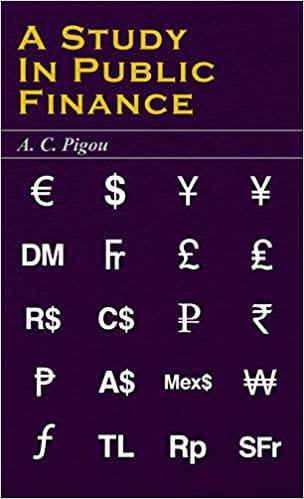Question
Karen Johnson, CFO for Raucous Roasters (RR), a specialty coffee manufacturer, is re- thinking her companys working capital policy in light of a recent scare
Karen Johnson, CFO for Raucous Roasters (RR), a specialty coffee manufacturer, is re- thinking her companys working capital policy in light of a recent scare she faced when RRs corporate banker, citing a nationwide credit crunch, balked at renewing RRs line of credit. Had the line of credit not been renewed, RR would not have been able to make payroll, potentially forcing the company out of business. Although the line of credit was ultimately renewed, the scare has forced Johnson to examine carefully each component of RRs working capital to make sure it is needed, with the goal of determining whether the line of credit can be eliminated entirely. In addition to (possibly) freeing RR from the need for a line of credit, Johnson is well aware that reducing working capital will im- prove free cash flow. Historically, RR has done little to examine working capital, mainly because of poor communication among business functions. In the past, the production manager resisted Johnsons efforts to question his holdings of raw materials, the marketing manager resisted questions about finished goods, the sales staff resisted questions about credit policy (which affects accounts receivable), and the treasurer did not want to talk about the cash and securities balances. However, with the recent credit scare, this resistance has become unacceptable and Johnson has undertaken a company-wide examination of cash, marketable securities, inventory, and accounts receivable levels. Johnson also knows that decisions about working capital cannot be made in a vacuum. For example, if inventories could be lowered without adversely affecting operations, then less capital would be required, and free cash flow would increase. However, lower raw materials inventories might lead to production slowdowns and higher costs, and lower finished goods inventories might lead to stockouts and loss of sales. So, before inventories are changed, it will be necessary to study operating as well as financial effects. The situation is the same with regard to cash and receivables. Johnson has begun her investigation by collecting the ratios shown here. (The partial cash budget shown after the ratios is used later in this mini case.)


What are the advantages and disadvantages of using short-term debt as a source of financing?
o. Would it be feasible for RR to finance with commercial paper?
\begin{tabular}{lcc} & RR & Industry \\ \hline Current & 1.75 & 2.25 \\ Quick & 0.92 & 1.16 \\ Total liabilities/assets & 58.76% & 50.00% \\ Turnover of cash and securities & 16.67 & 22.22 \\ Days sales outstanding (365-day basis) & 45.63 & 32.00 \\ Inventory turnover & 10.80 & 20.00 \\ Fixed assets turnover & 7.75 & 13.22 \\ Total assets turnover & 2.60 & 3.00 \\ Profit margin on sales & 2.07% & 3.50% \\ Return on equity (ROE) & 10.45% & 21.00% \\ Payables deferral period & 30.00 & 33.00 \end{tabular} Cash Budget \begin{tabular}{llcccccc} & (Thousands of Dollars) & Nov & Dec & Jan & Feb & Mar & Apr \\ \hline & Sales Forecast & & & & & & \\ (1) Sales (gross) & $71,218.00 & $68,212.00 & $65,213.00 & $52,475.00 & $42,909.00 & $30,524.00 \end{tabular} Collections (2) During month of sale: (0.2)(0.98)(monthssales)12,781.7510,285.10 (3) During first month after sale: (0.7)(previous month's sales) 47,748.4045,649.10 (4) During second month after sale: (0.1)(sales 2 months ago) (5) Total collections (Lines 2+3+4) \begin{tabular}{rr} $67,651.957,121.80 & \multicolumn{1}{r}{$,821.20} \\ \hline \end{tabular} Purchases (6) (0.85) (forecasted sales 2 months from now) $44,603.75$36,472.65$25,945.40 Payments (7) Payments (1-month lag) (8) Wages and salaries (9) Rent (10) Taxes (11) Total payments NCFs (12) Cash on hand at start of forecast $3,000.00 (13) NCF: Collections - Payments. = Line 5 Line 11 (14) Cum NCF: Prior + this mos. NCF \begin{tabular}{ll} $16,857.64$13,857.64 & $18,311.85 \\ \hline & $,169.49 \\ \hline \end{tabular} Cash Surplus (or Loan Requirement) (15) Target cash balance 1,500.001,500.00 (16) Surplus cash or loan needed $15,357.64$33,669.49Step by Step Solution
There are 3 Steps involved in it
Step: 1

Get Instant Access to Expert-Tailored Solutions
See step-by-step solutions with expert insights and AI powered tools for academic success
Step: 2

Step: 3

Ace Your Homework with AI
Get the answers you need in no time with our AI-driven, step-by-step assistance
Get Started


